T4K3.news
Inflation remains elevated as tariffs push up prices
July CPI shows prices up 2.7 percent year over year as tariffs influence imports and consumer costs.
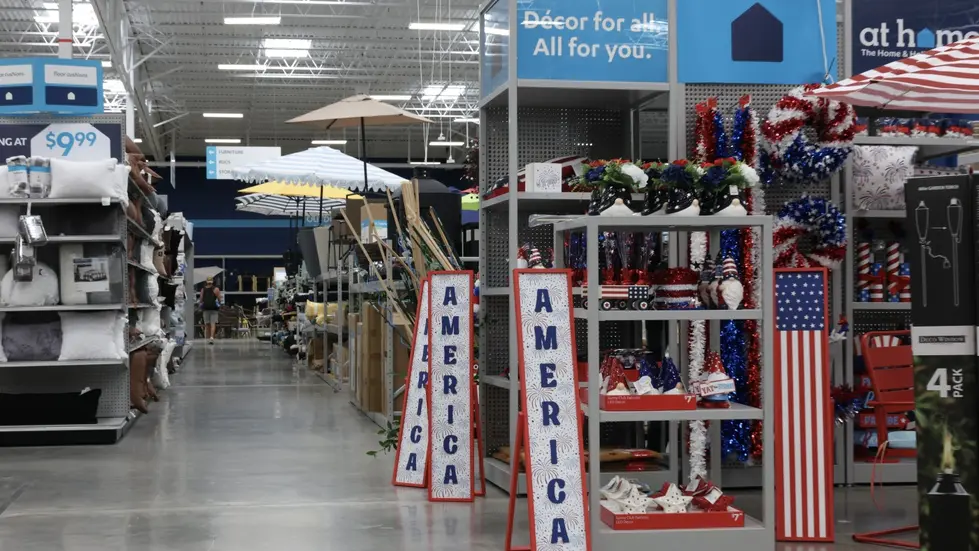
July inflation remains high as tariffs influence prices and policy responses loom.
Inflation stays elevated as tariffs push up prices
U.S. consumer prices rose 2.7 percent in July from a year earlier, the Labor Department said. The monthly pace held steady with June and reflects ongoing pressure from imported goods. Prices for items like toys and furniture rose while gasoline declined, helping to temper the overall increase.
Core inflation, which excludes food and energy, was 3.1 percent over the past year, up from 2.9 percent in June. Since April the United States has imposed tariffs of 10 to 30 percent on many imports, with the average tariff rate now above 18 percent. Importers have absorbed some costs or struck price breaks, but sustained tariff revenue will likely lift consumer prices further. The Federal Reserve kept rates steady in July, and markets expect a possible rate cut next month, even as officials warn that inflation could prove persistent.
Key Takeaways
"Tariffs will cause a one-time jump in prices"
Waller's assessment on price trajectory
"the central bank must guard against the risk that inflation proves more persistent"
Powell warning about inflation risk
"The only questions are how much higher and for how long"
Outlook line on inflation trajectory
Tariffs are shaping the inflation story by pushing up the price tag on many goods. The political stakes are high as voters weigh the burden on households against the belief that tariffs defend national interests. The policy mix matters for growth and market stability, and the timing of any relief depends on the inflation path and global trade dynamics.
If price pressures linger, the path for the Fed will be hard to navigate. The tariff strategy may deliver some government revenue but it tests trust in public finances and market stability. The coming weeks will show whether policy can steady prices without derailing growth.
Highlights
- Tariffs do not disappear at the border they land in the checkout
- Prices rise as policy meets the border
- Tariffs turn into higher prices at the checkout
- Policy moves reach the cash register before the debate ends
Political and budget risk from tariff policy
Tariffs linked to policy choices raise price pressures for households and flag political and market risk. The inflation path will influence voters, investors, and policy debates.
The coming weeks will test policy answers against price pressures.
Enjoyed this? Let your friends know!
Related News
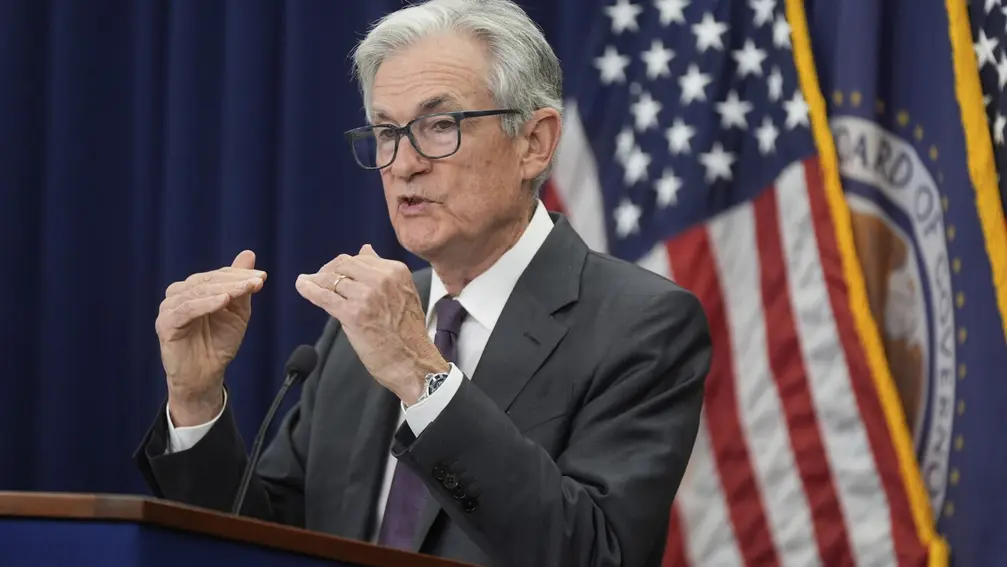
Fed policy outlook under review
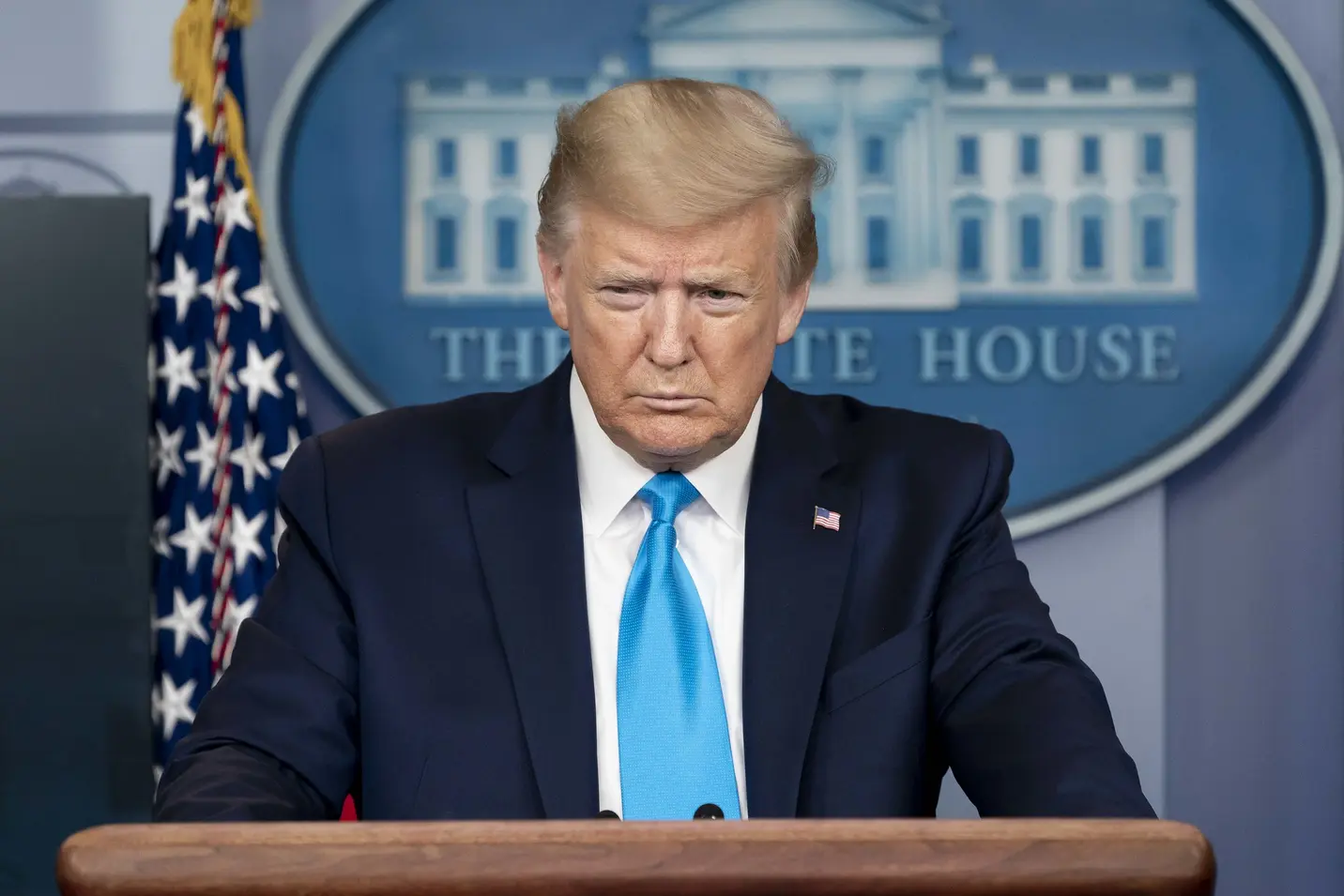
Tariffs Elevate Stagflation Risk for Fed Policy
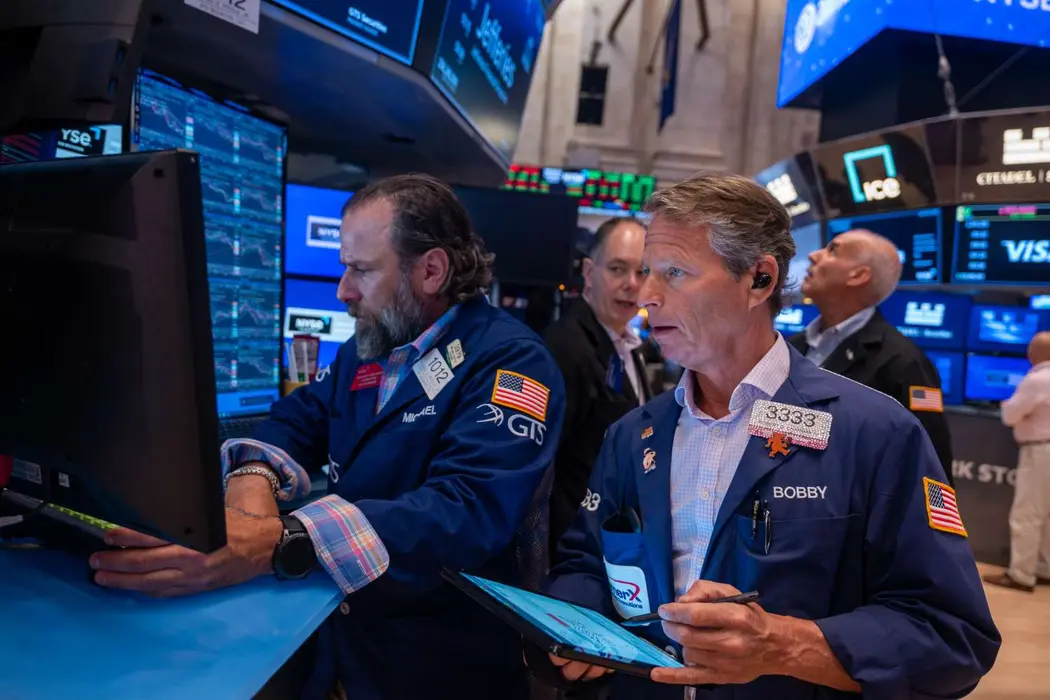
Stocks Decline as Powell Shares Outlook on Interest Rates

Trump advocates for interest rate cut to lower home prices
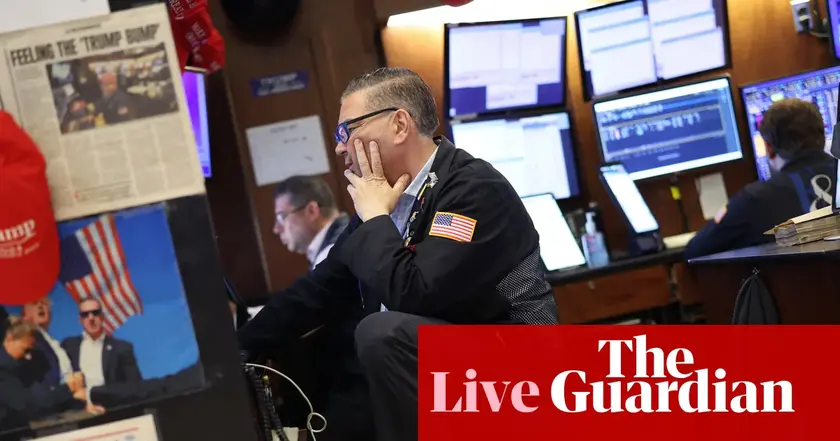
Thames Water contingency plans approved

Markets stay mixed as inflation data looms
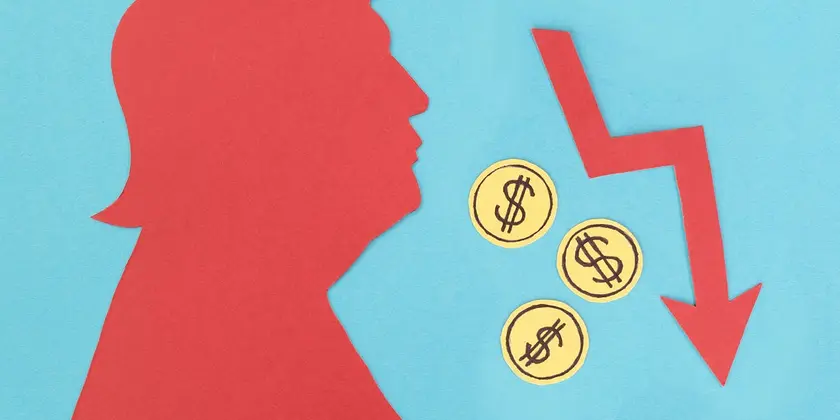
Tariffs push prices higher as protections fade

U.S. inflation rises as tariffs influence prices
